Affiliate links on Android Authority may earn us a commission. Learn more.
Nextbit Robin quick look: a fresh take on smartphone design and cloud integration
September 14, 2015
Crowdfunding is fast becoming a way for companies with bright ideas to gain the funding needed to make their product dream a reality, and Nextbit is no different, with the company achieving its funding goal in less than half a day after launch. Fast forward almost two weeks and the phone is fast approaching the $1 million stretch goal.
At CTIA 2015 in Las Vegas, we managed to get a first look at an EVT model (the earliest physical handset produced by the company) to find out just how cool it actually is.
Led by a team including Tom Moss (previously one of the leaders of the Android Team) and Scott Croyle (former SVP at HTCand leader of the HTCOne design team), the company certainly has an impressive pedigree but can the Robin stand out in an ever-crowded marketplace?
A key part of the Robin experience is its design, with Nextbit opting to make the handset standout in a unique and refreshing way. The front 5.2-inch IPS display offers Full HD resolution and is flanked by dual stereo speakers, complete with dual amps. Seemingly akin to the dual speaker setup in HTCBoomSound, the speakers are circular (as opposed to the rectangular design traditionally used in smartphones) and certainly stand out.
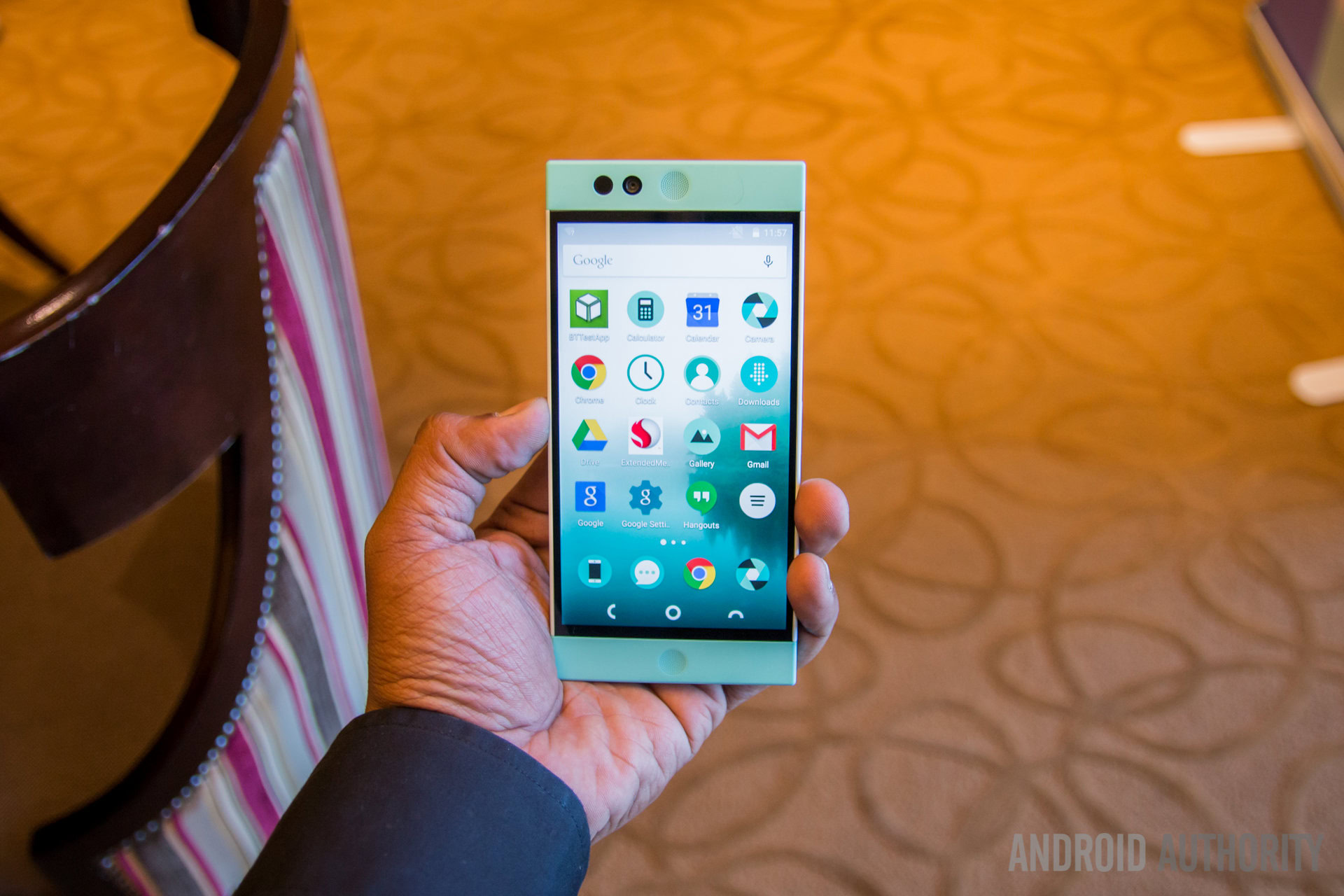
The Robin is available in two colours and will appeal to both those who want to stand out and those would rather be more traditional. For the maverick amongst us, the mint option combines white with Nextbit’s mint colour, and will stand out in a crowd of more conservative designs. Given that more people will prefer to take a safe route, there’s also a midnight variant that is a darker blue bordering black.
To the side of the top speaker we’ve got the 5MP front snapper and sensor array, and, as you can see, the circles design is a key part of the experience and also continues through to the volume keys on the left. Moving to the right and we’ve got a fingerprint scanner built into a flat home button (like the one found on the new Sony Xperia Z5 smartphones) along with a SIM card tray.
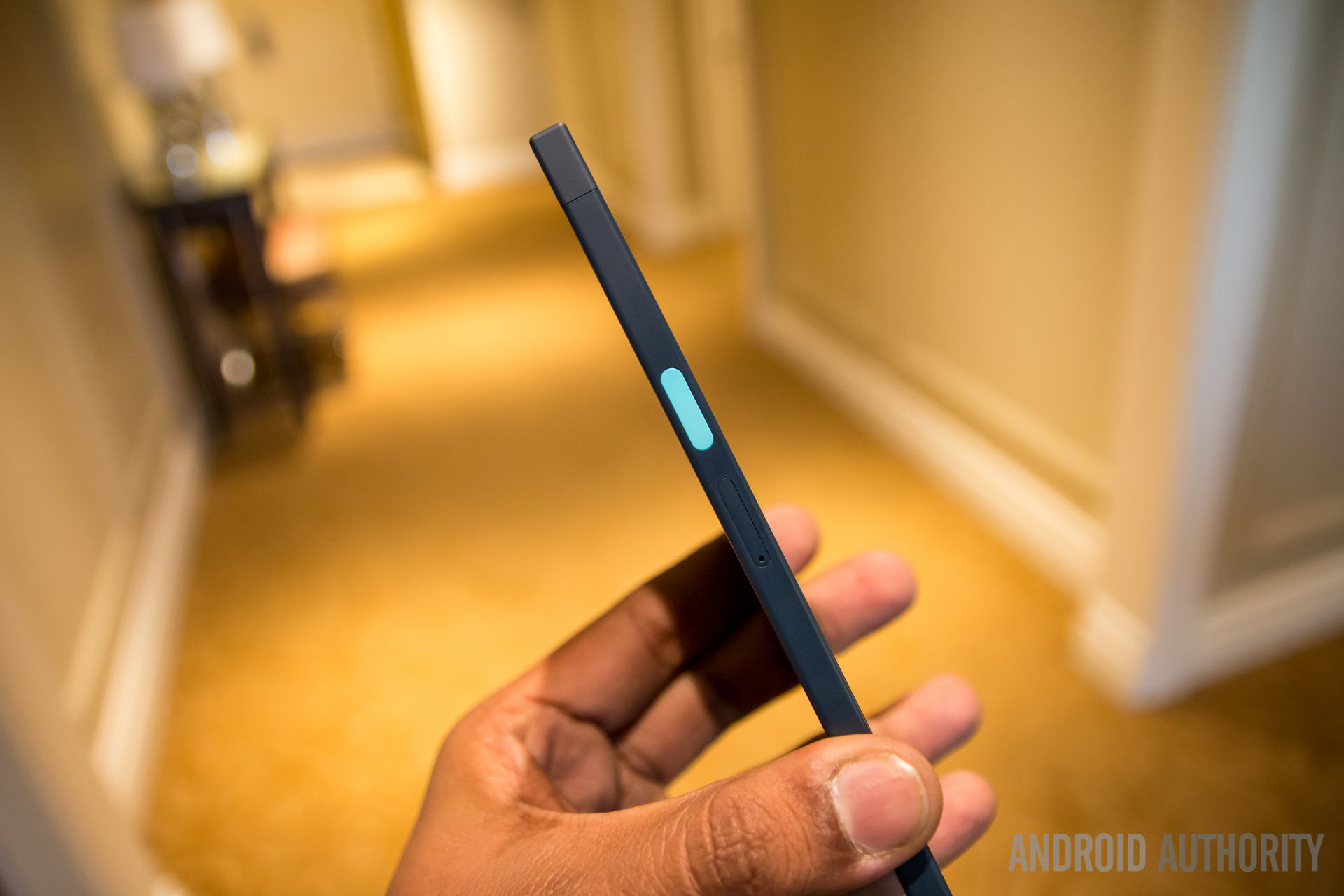
Moving to the back and there’s a Samsung-supplied 13MP camera with phase detection auto focus and a dual LED true-tone flash that looks rather unique thanks to its circular design. Beneath it we’ve got the Nextbit logo and four LEDs, which act as notification lights and let you know when the Robin is communicating with Nextbit’s cloud servers.
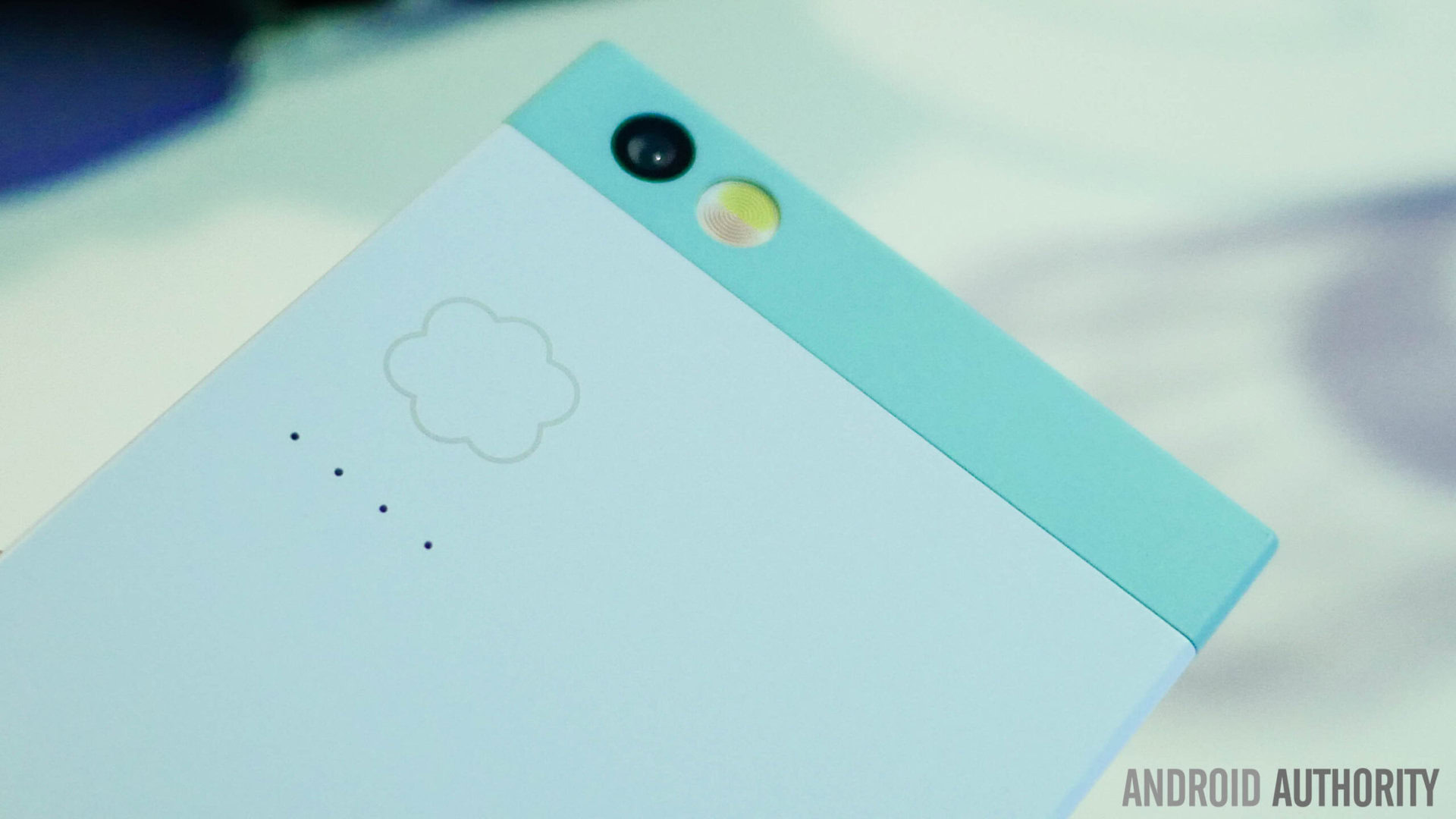
The cloud is an integral part of the Robin and the software is where Nextbit hopes to really differentiate from other smartphones. Although we weren’t able to test all the cloud features with the Robin itself (as it’s an early model), Nextbit did have the software running on the LG Nexus 5 and we got to see exactly what their cloud-first philosophy was all about.
A major problem with current smartphones is that despite ever increasing file system, app and data sizes, many companies only offer 16GB versions of their handsets (with an average of 11GB available to the user). The Nextbit Robin comes with a more respectable 32GB storage on-board, but extends this with 100GB of Nextbit Cloud Storage for the lifetime of the device.
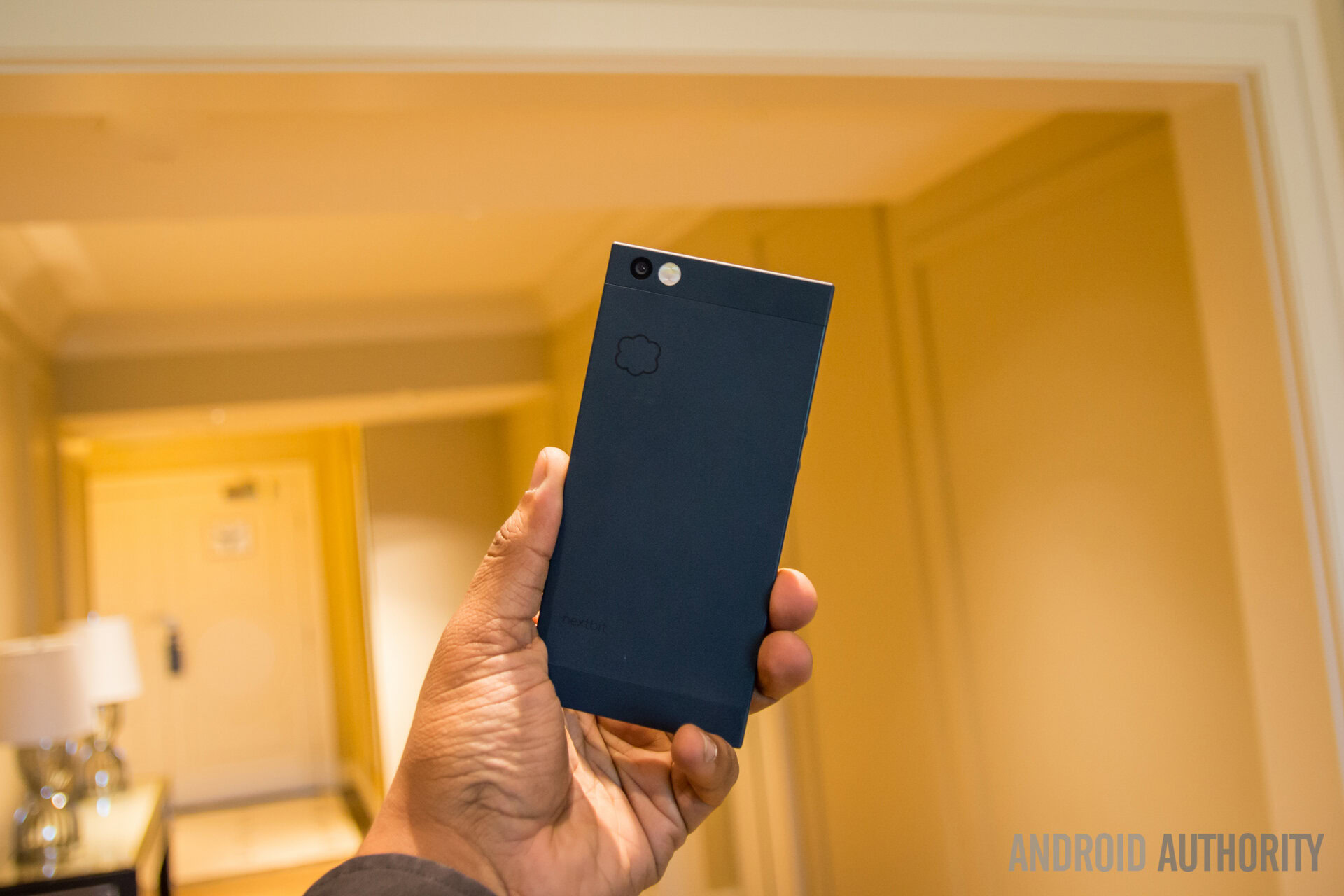
It’s not just cloud storage to extend your device though, as the Nextbit Robin comes with the ability to free up space and “supercharge” the experience through the cloud. A key part of this experience is the ability to move infrequently used apps (usually if unused in the past couple of months) to the cloud to keep them handy but free up space on your phone.
Once an app is offloaded, the Robin displays a grayed out icon and restoring an app is as easy as tapping the icon after which the handset will download the app and restore any app data and login credentials. A key concern with a cloud-first approach is the reliance on the internet connection, but Nextbit did confirm that the Robin will only perform these actions when you’re plugged in and connected to Wi-Fi, although you can let it use mobile data if you like.
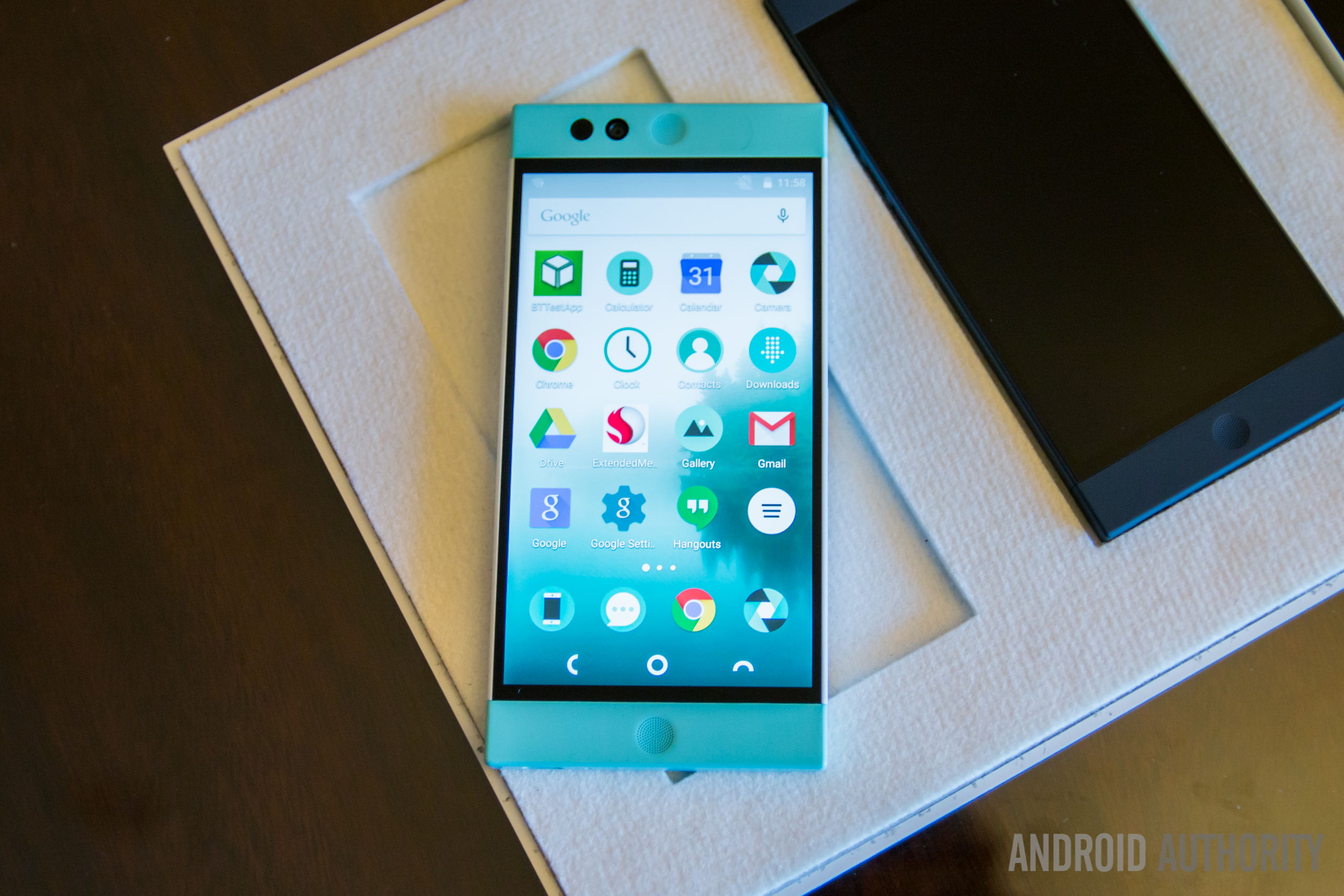
The Robin runs on Android 5.1.1 Lollipop and Nextbit are already working on bringing Android 6.0 Marshmallow to the handset. There are two versions of the homescreen, with one offering a simplified interface akin to the iPhone, while the other offers the classic Android launcher, complete with app drawer. Even if you choose another launcher, the offloaded app feature will still work, and the company said that it may consider working with developers to create other ROMs for the Robin in the future.
Other notable specs of the Robin include a Snapdragon 808 processor, 3GB RAM, 32GB storage which expands by a further 100GB using Nextbit cloud storage and the usual array of connectivity including NFC and LTE Cat 4. The handset also comes with quick charging, and Nextbit plan to publish the charging times in the near future, once they’ve finished testing.
Given the pre-production nature of the Robin, we’re certainly impressed with both the hardware and software, and it’s likely to be much more refined when the handset launches early next year. With a retail price of $399 or $349 for Kickstarter backers, Robin is certainly an interesting device that aims to combine premium specs with a cloud-first philosophy. For the most part, the Robin certainly seems to deliver.
So there you have it, a quick look at the crowd-funded Nextbit Robin. What did you think of the Nextbit Robin? Were you one of the Kickstarter backers? Let us know your views in the comments below.
Thank you for being part of our community. Read our Comment Policy before posting.